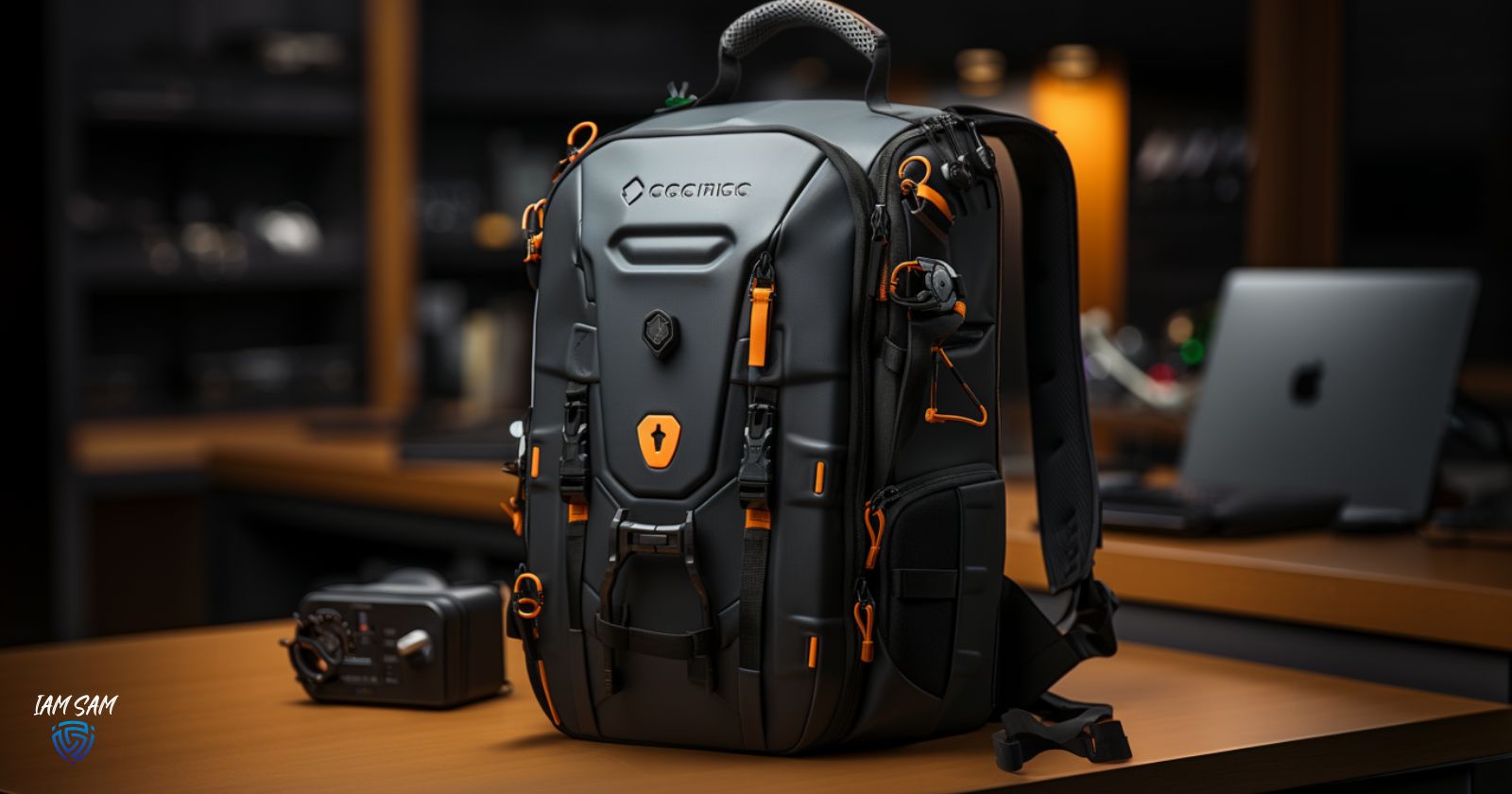Tools of the Trade: What is in my backpack?
As a Staff Security Engineer, I’ve realized that my most powerful assets aren’t just the physical tools I carry—it is also the skills and knowledge I’ve accumulated over years of diving deep into the intricate world of IT and Security.
In this article, I’m excited to open up my “security backpack” and share the essential software, tools, code snippets, and intangible treasures fueling my expertise. Whether you’re a fellow security professional, a curious coder, or just someone eager to explore the realm of digital security, you’re about to uncover the keys to navigating this dynamic landscape.
We’re not just listing tools and technologies here; we’re delving into the skill sets that have empowered me to analyze, strategize, and execute at the highest level. From risk assessment and networking proficiency to understanding operating systems, automating tasks, and responding to incidents, each skill in my backpack represents a crucial piece of the puzzle.
As we journey through this article, we’ll spotlight these skills that bring them to life. So fasten your virtual seatbelt as we embark on a quest to uncover the skills and knowledge that underpin my journey as a security professional.
Skillz
When I talk about my “security backpack,” I’m not just referring to the physical tools I carry but also the wealth of skills, knowledge, and expertise essential in the security field. These intangible assets empower me to tackle complex challenges, make informed decisions, and craft elegant solutions. Let’s take a closer look at the fundamental skills and knowledge that make up my backpack:
Risk Assessment: The Power of Effective Risk Assessment
Risk assessment is the compass that guides my decision-making process. It involves evaluating potential threats, vulnerabilities and impacts to determine the level of risk associated with a specific situation. This skill allows me to prioritize tasks, allocate resources, and implement controls effectively.
Tools: Security frameworks like NIST or ISO 27001, threat modeling tools.
Practical Implementations: Custom scripts to automate risk assessment calculations.
Networking Proficiency: From Cables to Routers
A deep understanding of networking is fundamental in the world of security. From the physical layers of cabling to the intricate setups of switches, routers, and wireless devices, networking knowledge allows me to analyze traffic patterns, identify anomalies, and ensure secure data transmission.
Tools: Wireshark, nmap, network monitoring tools.
Practical Implementations: Scripts to extract network statistics and analyze network traffic.
Operating Systems and Devices: Mastering the CLI
Fluent in various operating systems—Windows, Linux, and Mac—is essential. I’m well-versed in interacting with these systems using command-line interfaces (CLIs) such as bash, PowerShell, and more. This skill enables me to extract information, analyze system logs, and implement security configurations.
Tools: PowerShell, Linux terminal, command-line utilities.
Practical Implementations: Bash scripts for system auditing, PowerShell scripts for Windows management.
Automation: Streamlining with Code
Automation is my secret weapon. I can script and automate repetitive tasks by using programming languages like PowerShell, Python, and Ruby. Having the computer execute my work saves time, ensures consistency, and reduces the chances of human error.
Tools: PowerShell, Python, Ruby.
Practical Implementations: Scripts for automated patching, system configuration, and data extraction.
Incident Response Framework: Navigating the Storm
Incidents are inevitable, but how we respond to them can make all the difference. I’m well-versed in incident response frameworks that guide me through identifying, containing, eradicating, and recovering from security incidents.
Tools: Incident response playbooks, forensics tools.
Practical Implementations: Scripts for incident data collection and analysis.
Curiosity: Understanding How Things Work
Curiosity is the foundation of security. To secure an asset, you need to understand its inner workings. My insatiable curiosity drives me to explore, experiment, and learn about new technologies, systems, and vulnerabilities.
Understanding Human Behavior: Controls and Processes
Adequate security extends beyond technology—it involves understanding human behaviour and psychology. I can design user-friendly and effective controls by grasping how people interact with systems and processes.
Conclusion
As we wrap up this exploration of the essential skills in my security backpack, I hope you’ve gained valuable insights into the foundation that powers my journey as a Staff Security Engineer. This article is just the beginning of our deep dive into these crucial skills.
In the upcoming posts, we’ll take a closer look at each skill, so stay tuned for the following articles, where we’ll embark on a comprehensive journey, unravelling the details, sharing real-world experiences, and providing code snippets that you can integrate into your security endeavours.
Thank you for joining me on this adventure. Until next time, keep the curiosity burning and the code secure! 🔐🚀
